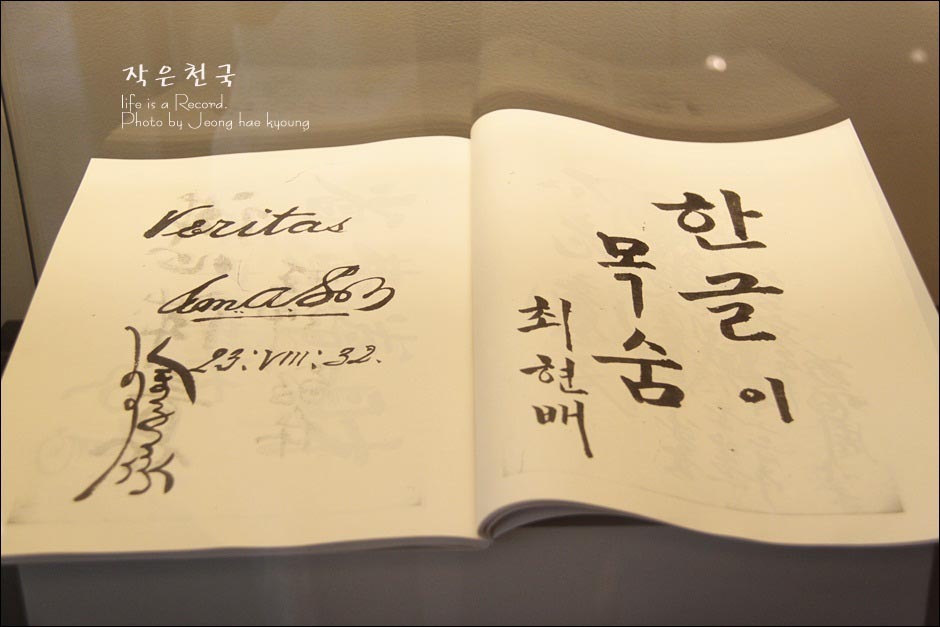Suicide is the third leading cause of death among young people in the developed world. Every year, approximately one million people take their own lives – far greater than the number of people dying from liver disease, Parkinson’s or even homicide. Despite being one of the most preventable causes of death, suicide still plagues society.
Among the many factors contributing to suicide attempts (mental disorder being the major one), one of the more interesting one is mass media. The effect of mass media on suicide rates can be traced back as far as 1774.
In 1774, Goethe wrote a novel called The Sorrows of Young Werther, where the hero shoots himself after an ill-fated love affair. Shortly after publication, there were many reports of young men who used the same method as Werther to commit suicide. There were even reports of people dressing up like Werther (yellow pants and blue jacket) or leaving the book open to the passage detailing his death next to themselves. After this event, the book was temporarily banned to stop the “epidemic”. Since then, the phenomenon of copycat suicides has been called the Werther effect.
The human brain is trained to think about the information it receives. This applies to suicide as well and people with mental disorders such as depression and bipolar disorder are more prone to suicidal thoughts after hearing stories about it. This effect is amplified by the media tending to glorify or beautify such deaths (as the subject tends to be a celebrity or a fictional character), causing some people to subconsciously believe that suicide is acceptable. In essence, the Werther effect is a form of peer pressure where cognitive dissonance lead people to act irrationally because others in society appear to be doing the same thing.
The Werther effect is surprisingly effective in predicting an increase in suicide attempts after the publication of news regarding suicide. On April 8, 1986, a Japanese singer called Yukko Okada, only 18 at the time, committed suicide by jumping off the seventh floor of her recording studio. Her popularity meant the media were over the story like hungry wolves, reporting the tragic death in every form possible. Within two weeks, 33 young people (including one nine-year old) killed themselves – 21 by jumping from buildings. This episode was dubbed Yukko Syndrome and is one of the most famous cases of the Werther effect in modern society.
Just like in the original case of the Werther effect, the suicide could be fictional and still cause an increase in suicide rates. There was a German television show called Death of a Student that depicted a railway suicide of a young man at the start of every episode. After it began airing, railway suicides by teenage males increased by 175% in Germany. Curiously, there was no increase or decrease in suicide rates via other methods, suggesting that the Werther effect not only affects the choice of method, but also induces suicidal thoughts in those who did not plan on killing themselves.
In 1987, a campaign in Vienna to inform reporters about the Werther effect and the role of the media in suicides led to a dramatic drop in reporting suicides. This was followed by an 80% drop in subway suicide and non-fatal attempts, along with a decrease in the total number of suicides.
The Werther effect is a fine example of how words can kill.











